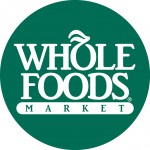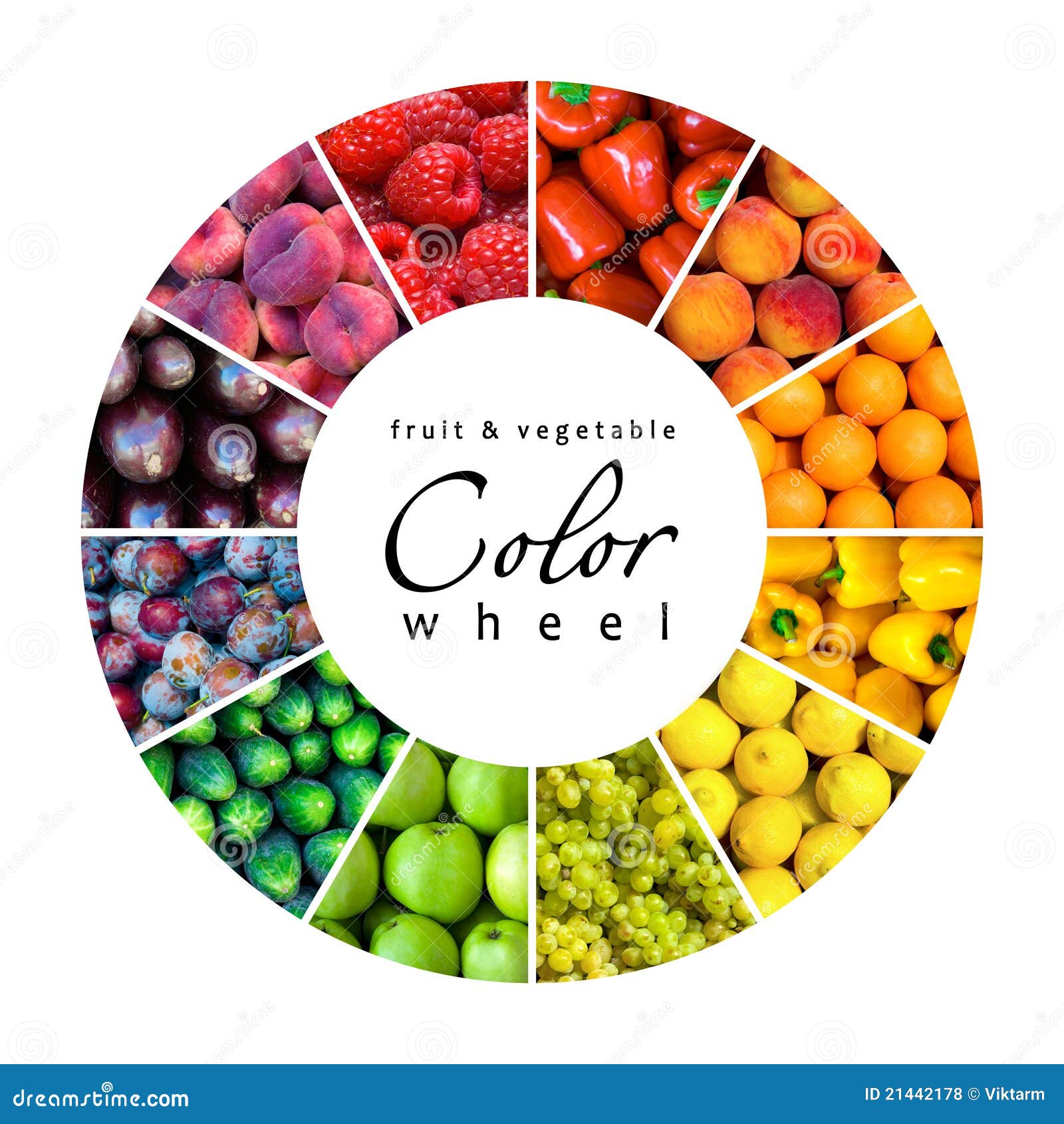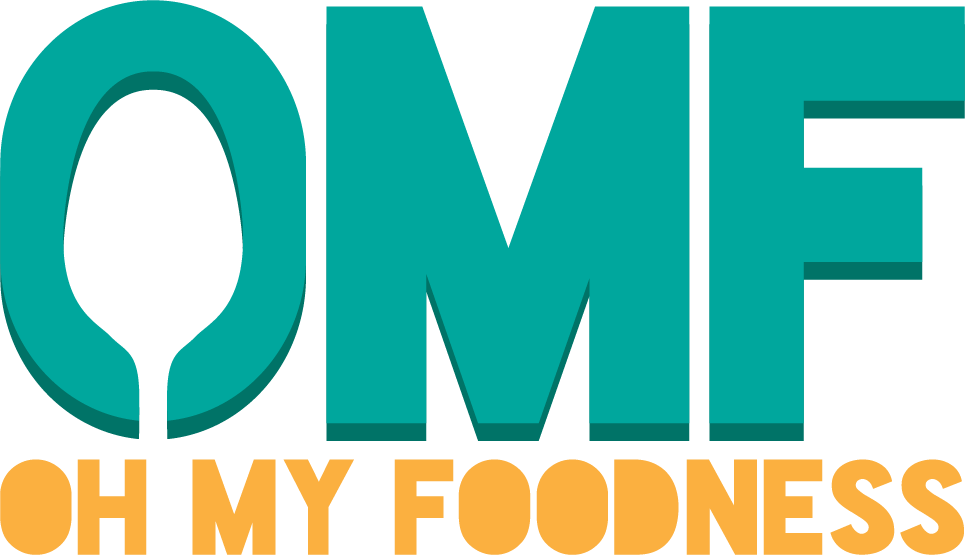“don’t eat this!”
“no wait! now you can eat this!”
“this diet is the best in the world!”
“no actually. . .this other diet is better!”
Phew! With the media (even the reliable ones) telling us what to do, it’s really hard to tell what we can eat anymore! (Can I get an amen?)
Well, I’d like to clarify some of this confusion by simply answering the following questions:
-
What is NOT eating healthy?… and
-
What IS eating healthy?
Disclaimer: Because I’m not a registered dietitian, I can’t tell you what you should and shouldn’t eat, or counsel you in any way. Always check with your physician if you have concerns or questions.
- – – – -
I’ve observed that…
1. Eating healthy is not merely visiting health food stores.

Don’t get me wrong – healthy supermarkets are great resources! But next time you walk into one like Whole Foods, watch the customers who come in. Notice who are they are and what they buy. You will most likely see people who wear expensive designer clothing, acrylic nails, highlighted hair – i.e. people who make enough money to actually afford specialty things. If you’re like me, you’re living from one income and are trying your best to save that income for future things, including groceries for next month. Now, please hear me out. I’m not saying it’s bad to buy from these places or to even go in them! I’m just trying to point out that health food stores aren’t the only places that offer healthy foods.
2. Eating healthy is not solely purchasing organic foods.
What is organic food anyway? Is it just a trend that began to make more money for companies? (Okay, so maybe that’s my opinion. . .)
The real definition of organic is defined by the United States Department of Agriculture (USDA). According to them, organic farms have to be certified before they can label their products “organic.” Thus, the USDA has lots of regulations for these farms to “earn” this title. It’s a little confusing but basically “the primary goal of organic agriculture is to optimize the health and productivity of interdependent communities of soil life, plants, animals and people” (Organic Production/Organic Food: Information Access Tools by Mary V. Gold). Farmers do this by avoiding things like certain pesticides, genetically modified crops and certain techniques.
Now, something I learned last year when I was volunteering at Crabtree Farms in Chattanooga is that sometimes farms are borderline organic. What I mean by this is that most of the farm’s practices are organic but a few small ones prevent them from earning the title. In Crabtree’s case, it is also really expensive to keep up the certification so they don’t even bother.
What does this mean?
This means that some farms like Crabtree Farms are basically organic, even if the USDA doesn’t say so. (A little more of the marketing side here.) The best thing is to get to know your farmer and ask them about their practices.
That brings me back to my point about organic food being healthier than non-organic food. Is it? Watch this little video to help you see the differences:
Once again, I don’t want you to get the impression that I’m discouraging you from buying organic foods. But if you are on a low-budget, don’t feel bad about buying the produce from a “normal” grocery store. Fruits and vegetables are fruits and vegetables, no matter what. Sometimes organic tastes better, and yes it does better the environment in a way. But if that’s your argument, perhaps you could visit some local farmers’ markets, or volunteer at a local farm. What I’ve discovered is that often local food is less expensive because it doesn’t have to travel across the country. Also, farmers tend to give away their “seconds” (semi-blemished harvest which isn’t pretty enough to sell but is perfectly edible) to their volunteers; this is a great way to get free groceries, plus you got to work for them!
- – – – -
In addition, eating healthy IS…
1. Moderating Sugars, Fats and Salts
I know, I know. French Fries, pizza, ice-cream. . .these are all so YUMMY. More often than I should, I find myself liking these unhealthy foods more than fruits and vegetables. But an easier way to moderate junk foods than completely removing them from mine and your lives (because that would be a diet and diets aren’t fun) is to make them. That way, you and I can control the ingredients that go in it. Try homemade oven fries, for instance.
More ideas for moderating sugars, fats and salts in recipes here.
~~~
2. Being Aware of Portion Sizes
I thought this comic was quite funny! But unfortunately the concept of Super Size has gone too far. It has leaked further than fast food. However, I trust you’ve probably heard about it, so all I’m going to say is that a basic rule of thumb is to fill your plate half full with fruits and vegetables.
3. Eating the Colors of the Rainbow

This means picking out the most colorful fruits and vegetables you can find. What do potatoes, bananas, cauliflowers, pears, apples, onions, and mushrooms have in common?
They’re all white.
Try something different. Every time you go to the grocery store, choose a different color fruit or vegetable!
More about colorful fruits here.
- – – – -
Well, my hope is that this post was helpful to you. If you have anything to add, feel free to do so by commenting below. :)










